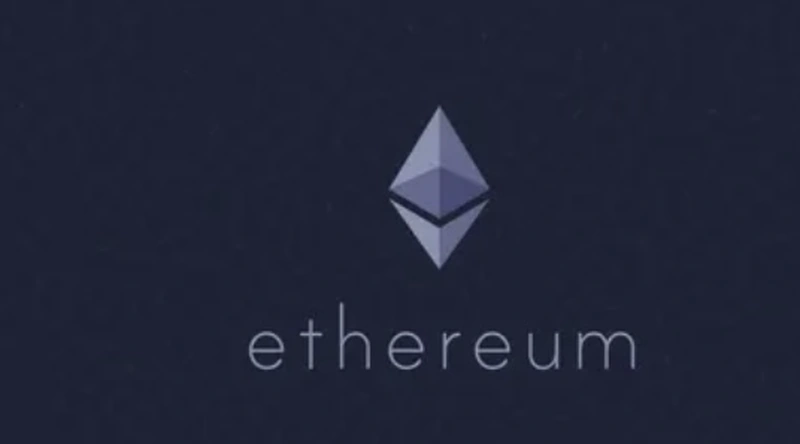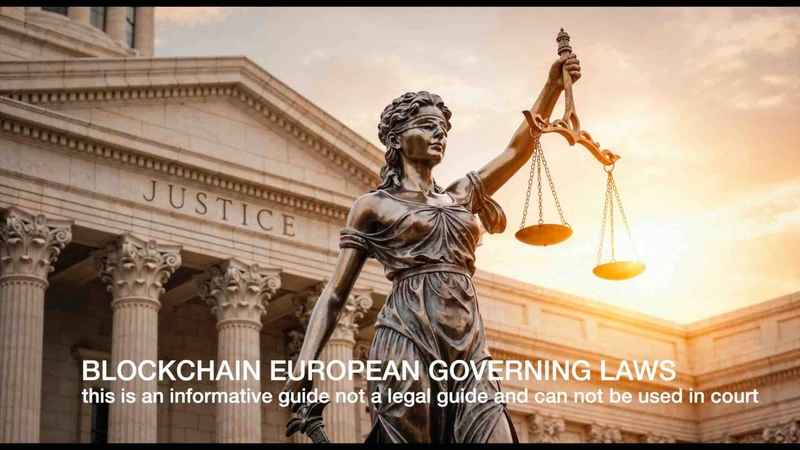Blockchain EU laws. is the EU Government forward thinking ?
Blockchain Governance in the European Union

Regulatory Frameworks for Blockchain in the European Union and Switzerland: A Comparative Analysis with Implications for Stablecoins
Abstract
The rapid evolution of blockchain technology has prompted jurisdictions worldwide to develop regulatory frameworks that balance innovation, consumer protection, and financial stability. This article examines the governing laws for blockchain in the European Union (EU), primarily through the Markets in Crypto-Assets (MiCA) Regulation, and in Switzerland, via the Distributed Ledger Technology (DLT) Act and associated guidelines. It assesses whether these regimes are forward-thinking, elucidates their meanings and implications, and explores the future trajectory for stablecoins under these laws. Drawing on recent developments as of 2025, the analysis reveals that both frameworks promote innovation while mitigating risks, though Switzerland's approach appears more permissive and adaptive. The future for stablecoins in these regions is promising yet constrained by stringent compliance requirements, potentially fostering a hybrid ecosystem integrating private stablecoins with central bank digital currencies (CBDCs).
Introduction
Blockchain technology, underpinning cryptocurrencies, decentralized finance (DeFi), and non-fungible tokens (NFTs), has disrupted traditional financial systems by enabling peer-to-peer transactions without intermediaries. However, its decentralised nature poses challenges related to money laundering, market manipulation, and systemic risks. In response, the EU and Switzerland have enacted pioneering legislation to govern blockchain activities. The EU's MiCA Regulation represents a harmonised, supranational approach, while Switzerland's DLT Act adapts existing civil and financial laws to accommodate distributed ledger technologies. This article analyzes these frameworks, evaluates their forward-thinking attributes, and discusses their implications for stablecoins—digital assets pegged to fiat currencies or commodities designed to minimize volatility. By doing so, it contributes to the academic discourse on regulatory innovation in digital finance.
European Union Governing Laws for Blockchain: The MiCA Regulation
The EU's primary legislative instrument for blockchain is the Markets in Crypto-Assets (MiCA) Regulation, which entered into force in June 2023 and achieved full applicability by December 2024. MiCA establishes a comprehensive framework for the issuance, public offering, and trading of crypto-assets across the 27 member states, aiming to create a single market while protecting investors and maintaining financial integrity. Crypto-assets under MiCA are categorized into three types: asset-referenced tokens (ARTs), e-money tokens (EMTs), and other crypto-assets not falling under existing financial regulations.
Key provisions include mandatory authorization for crypto-asset service providers (CASPs), such as exchanges and custodians, who must comply with anti-money laundering (AML) rules, governance standards, and transparency requirements. Issuers of stablecoins (classified as ARTs or EMTs) face stringent reserve requirements, including a 1:1 backing with liquid assets and regular audits. MiCA also prohibits market abuse, such as insider trading, and empowers the European Securities and Markets Authority (ESMA) to oversee implementation.
What does MiCA mean in practice? It signifies a shift from fragmented national regulations to a unified EU-wide regime, reducing regulatory arbitrage and enhancing cross-border operations. However, it imposes significant compliance burdens, particularly on stablecoin issuers, to safeguard against risks like those exposed by the 2022 TerraUSD collapse.
Swiss Laws for Blockchain: The DLT Act and FINMA Guidelines
Switzerland, often dubbed "Crypto Valley" due to its concentration of blockchain firms in Zug, adopted a technology-neutral approach with the Federal Act on the Adaptation of Federal Law to Developments in Distributed Ledger Technology (DLT Act), effective from August 2021. This legislation amends nine existing federal laws, including those on securities, bankruptcy, and financial markets, to explicitly recognize DLT-based assets.
The DLT Act introduces "DLT rights" or "ledger-based securities," allowing tokenized assets to have the same legal standing as traditional securities. It facilitates DLT trading facilities, which FINMA licensed for the first time in 2025 to BX Digital AG. Unlike MiCA, Switzerland lacks specific stablecoin regulations; instead, the Swiss Financial Market Supervisory Authority (FINMA) applies case-by-case supervision, classifying stablecoins based on their underlying economics—e.g., as deposits or securities. Issuers must adhere to AML/KYC rules, including identifying all holders, which contrasts with anonymous blockchain norms.
In essence, the Swiss framework means embedding blockchain into the existing legal system without overhauling it, promoting innovation through clarity and flexibility while ensuring investor protection.
Assessing Forward-Thinking Attributes
Are these laws forward-thinking? Forward-thinking regulation anticipates technological advancements, fosters innovation, and adapts to emerging risks without stifling growth. The EU's MiCA is forward-thinking in its harmonization and investor safeguards, positioning the bloc as a global leader in crypto regulation. It includes provisions for regulatory sandboxes to test blockchain applications, exemplifying proactive experimentation. However, critics argue it may hinder innovation by imposing high compliance costs and limiting non-euro stablecoins to preserve monetary sovereignty.
Switzerland's DLT Act is arguably more forward-thinking, as it was among the first globally to enshrine blockchain-specific rights in 2021, attracting over 1,000 crypto firms. Its principles-based approach, emphasizing substance over form, allows for rapid adaptation to new developments like DeFi and NFTs. Nonetheless, gaps in stablecoin-specific rules have drawn criticism for potential inconsistencies. Overall, both regimes demonstrate foresight, with Switzerland leaning toward permissiveness and the EU toward standardization.
Implications for Stablecoins
Stablecoins, by providing price stability, bridge traditional finance and blockchain, facilitating payments, remittances, and DeFi. Under MiCA, they mean enhanced legitimacy but rigorous oversight: fiat-backed stablecoins must maintain reserves and obtain e-money licenses, while non-compliant ones like Tether (USDT) face delisting from EU exchanges. This implies a safer ecosystem but reduced liquidity for non-euro pegs.
In Switzerland, stablecoins imply opportunities for efficient digital payments, with FINMA's 2024 guidance clarifying default guarantees for issuers. However, mandatory holder identification means prioritizing compliance over anonymity, potentially limiting adoption.
- Future Outlook for Stablecoins
The future for stablecoins in the EU under MiCA appears robust yet euro-centric. Projections indicate a 37% market growth to €450 billion in 2025, driven by compliant issuers like Circle's USDC. Interchangeability between EU and non-EU stablecoins could revolutionize cross-border payments, but restrictions on dollar-denominated tokens may bolster the digital euro project. Challenges include delistings and higher costs, potentially fragmenting the market.
In Switzerland, stablecoins are poised to strengthen the digital economy, with calls for a regulated Swiss franc stablecoin as a strategic initiative. A hybrid future looms, where stablecoins coexist with CBDCs, enhancing remittances and payments amid a shift to digital transactions (35% of in-store purchases by 2025). However, skepticism persists regarding their economic viability and role subsidiary to fiat systems.
Globally, stablecoins' trajectory involves addressing inefficiencies in traditional finance, but regulatory divergence between the EU's caution and Switzerland's openness may influence innovation hubs.
Conclusion
The EU's MiCA and Switzerland's DLT Act exemplify forward-thinking governance for blockchain, providing clarity and protection while enabling growth. For stablecoins, these laws mean greater stability and integration into mainstream finance, with a future characterized by compliance-driven expansion and potential symbiosis with CBDCs. As blockchain evolves, ongoing adaptations will be crucial to harness its potential without compromising systemic integrity.


